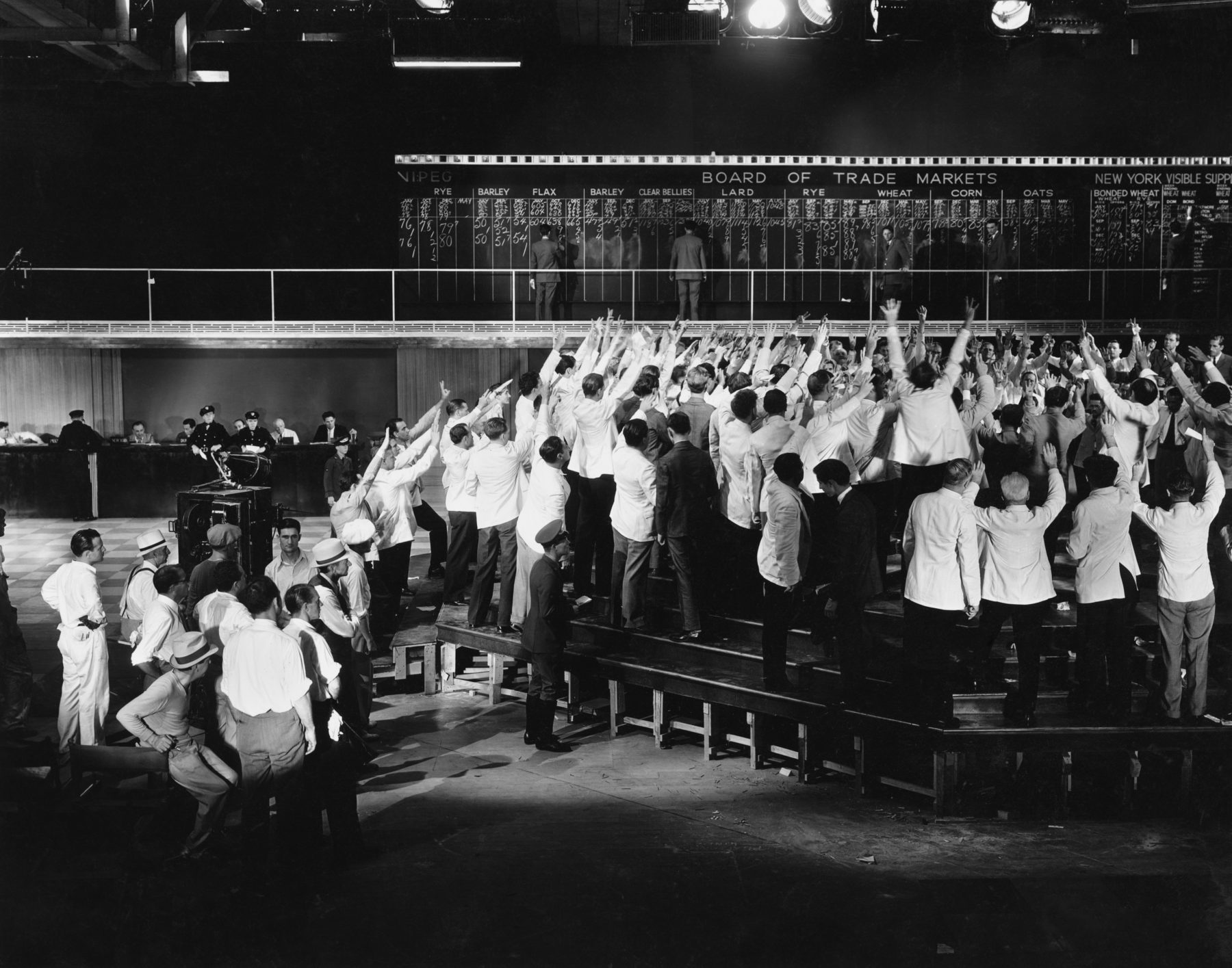The market never ceases to surprise. In one corner, a $6.2 million duct-taped banana grabs headlines; in another, crypto mania is back in full swing. If this all feels familiar, it’s because it is. The NFT frenzy of “JPG monkeys” (Bored Ape Yacht Club) mirrors today’s wild price tags for unconventional assets. History doesn’t repeat itself exactly, but it sure does rhyme.
These events should have us once again asking: Is this a market top? And if it is, what will trigger the inevitable 30%+ decline? The truth is, we don’t know—and trying to predict it is a fool’s errand. However, situational fluency calls for recognizing the possibility of significant market shifts while staying unbiased and grounded in daily trading discipline.
The Cycles of Speculation
Speculation has been part of market cycles for centuries. Whether it’s tulip mania in the 1600s or NFTs in the 2020s, the pattern is the same: greed and euphoria drive valuations to unsustainable heights until reality sets in.
Today, the return of speculative fever is clear. Bitcoin is surging past $90K, meme coins are rallying, and unconventional art once again fetches millions. While these signs hint at froth, they’re not a call to action—they’re a reminder to prepare for the unexpected.
The Challenge of Market Tops
Market tops are notoriously difficult to identify in real time. Even experienced traders struggle to call them accurately. Why? Because irrational behavior can persist far longer than anyone expects. The speculative frenzy of today might continue tomorrow—or for weeks, months, or years.
Recognizing the signs of excess isn’t about predicting a top; it’s about preparing for what comes next. High valuations, euphoric sentiment, and speculative excess are signals to think ahead—but not to let those signals dictate how we approach our daily trades.
Avoiding Bias in Day Trading
Here’s the critical point for day traders: While it’s essential to consider the bigger picture—that the market could decline significantly—it’s equally important to avoid letting that awareness create a bias in your daily trading. The ability to separate long-term thinking from intraday action is a key to success.
When you start each session, the slate must be wiped clean. The signs of a speculative top may be glaring, but they have no bearing on whether today’s market is trending up, down, or sideways. Bias creeps in when we impose a longer-term outlook on short-term price action, causing us to fight momentum or overthink setups.
As day traders, our mantra is #ThinkRiskFirst—and that includes staying unbiased:
- Trade the Price Action: Let the chart tell the story. Believe in the magic lines. If levels present themselves to get long(er), take the trade regardless of a very justified broader concern about speculation frenzy.
- Stay Neutral: Avoid opinions about where the market “should” go. A speculative environment doesn’t guarantee bearish action today.
- Respect Risk Budgets: Protect your daily risk limits, no matter how confident you feel about a setup.
Balancing Long-Term Awareness with Short-Term Action
While we remain flexible in our daily trades, situational fluency calls for considering longer-term downside plays. If signs of froth persist, it makes sense to explore protective strategies like hedging, holding cash, and beginning to sprinkle longer term bearish bets using downside options. But this longer-term thinking should never influence how you trade intraday. Each session is an independent opportunity, and the moment you let bias take over, you lose your edge.
What Could Trigger the Downturn?
Speculative cycles often end with a catalyst no one expects—a liquidity crunch, a policy shift, or a geopolitical shock. Guessing what it might be is tempting, but ultimately futile. What matters is preparing for the possibility, not predicting the exact timing or event.
Closing Thoughts
Speculative fever has a way of pulling everyone into the hype, but as traders, our edge lies in staying disciplined. The signs of a broader market top may be there, but predicting exactly when or why the cycle will end is impossible. What we can do is stay prepared—both for longer-term shifts and for each individual trading session.
Remember: it’s not about knowing where the market is going tomorrow. It’s about trading what’s happening today while protecting yourself from unnecessary risk. Stay unbiased, protect your daily risk budget, and embrace the discipline that comes with #ThinkRiskFirst.
Whether this hyper-speculative cycle ends next week or next year, staying flexible and focused each day will keep you on the right side of the trade.
Commodity Futures Trading Commission. Futures and Options trading has large potential rewards, but also large potential risk. You must be aware of the risks and be willing to accept them in order to invest in the futures and options markets. Don’t trade with money you can’t afford to lose. This is neither a solicitation nor an offer to Buy/Sell futures or options. No representation is being made that any account will or is likely to achieve profits or losses similar to those discussed on this web site. The past performance of any trading system or methodology is not necessarily indicative of future results.
CFTC RULE 4.41 – HYPOTHETICAL OR SIMULATED PERFORMANCE RESULTS HAVE CERTAIN LIMITATIONS. UNLIKE AN ACTUAL PERFORMANCE RECORD, SIMULATED RESULTS DO NOT REPRESENT ACTUAL TRADING. ALSO, SINCE THE TRADES HAVE NOT BEEN EXECUTED, THE RESULTS MAY HAVE UNDER-OR-OVER COMPENSATED FOR THE IMPACT, IF ANY, OF CERTAIN MARKET FACTORS, SUCH AS LACK OF LIQUIDITY. SIMULATED TRADING PROGRAMS IN GENERAL ARE ALSO SUBJECT TO THE FACT THAT THEY ARE DESIGNED WITH THE BENEFIT OF HINDSIGHT. NO REPRESENTATION IS BEING MADE THAT ANY ACCOUNT WILL OR IS LIKELY TO ACHIEVE PROFIT OR LOSSES SIMILAR TO THOSE SHOWN.



